The idea still pulls at the child in all of us: a thunderous footfall, a shadow across the ferns, a heartbeat that isn’t ours. Science has learned to read ancient worlds with astonishing clarity, yet the dream of reviving a true, non-avian dinosaur remains tangled in hard limits. We have fossils with feathers, footprints frozen in mud, and chemical whispers sealed in stone, but do we have the recipe? The short answer is complicated, the long answer is riveting, and somewhere between them sits a stubborn question about what counts as “real.” I once held a cast of a raptor claw and felt a jolt of awe; today, researchers chase something even sharper, the edge where imagination meets evidence.
The Hidden Clues

Fossils are not just bones turned to rock; they’re time capsules loaded with structure, chemistry, and occasionally, microscopic surprises. Under high-powered microscopes, paleontologists have found cellular outlines, blood-vessel-like channels, and pigments that map ancient colors. These traces don’t resurrect bodies, but they do resurrect information, the most vital currency in science. Every tiny clue, from growth rings in bone to the texture of feather imprints, adds a line to the biography of animals long gone. That biography is what lets us ask sharper, braver questions about what revival would even mean.
Fieldwork and lab work feed each other in a tight loop, like a relay race across millions of years. A spectacular quarry discovery becomes a freezer box of samples, then a suite of laboratory assays looking for proteins, lipids, or minerals that remembered being alive. It’s meticulous work, closer to archaeology than Hollywood, but no less dramatic when a result clicks. These are not shortcuts to resurrecting a dinosaur, but they are the map to where shortcuts don’t exist. And knowing where the shortcuts fail is how science keeps from driving off a cliff.
The DNA Problem
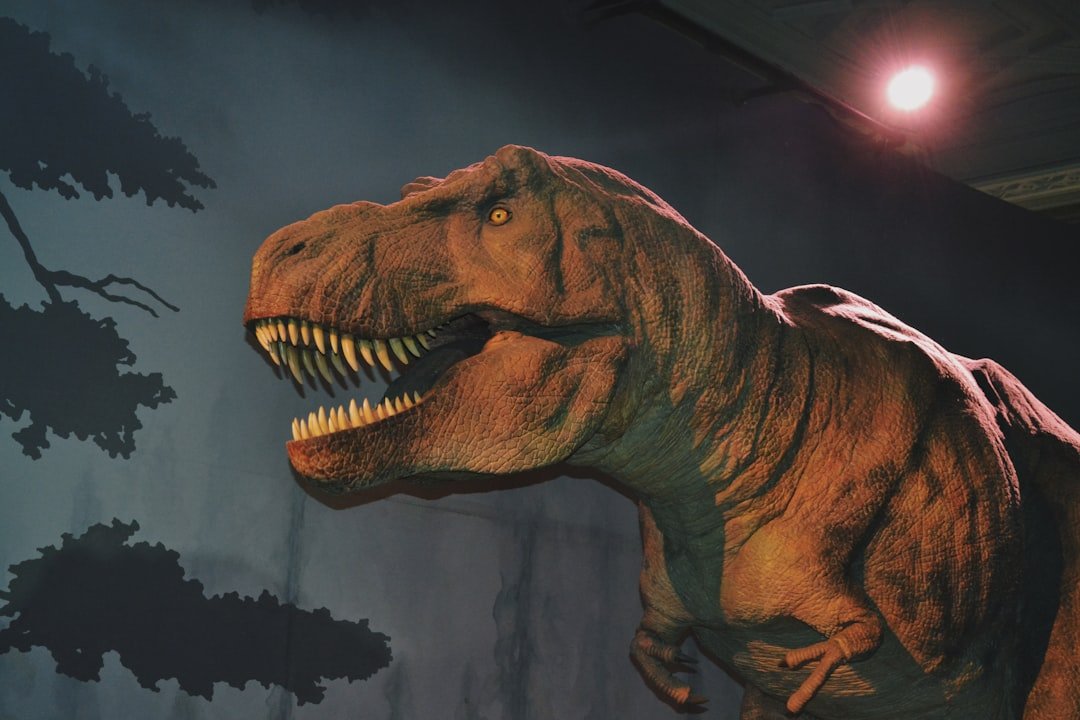
DNA is the master blueprint, but it’s also a fragile one, prone to breaking apart after death. Experiments measuring DNA decay suggest that even under ideal conditions, the genetic script shatters into unreadable fragments long before the tens of millions of years that separate us from non-avian dinosaurs. That puts us in a bind: without long, intact sequences, there’s nothing to stitch together into a genome. Amber doesn’t save us; despite famous stories, recoverable dinosaur DNA hasn’t been verified from amber-trapped insects. The chemistry simply hasn’t been kind enough over such epic timescales.
Could we assemble a genome from dust, the way you reconstruct a vase from glitter? In practice, you need big shards to guess the missing pieces, and dinosaur time erases those shards. Contamination also stalks ancient-DNA work, sneaking modern molecules into ancient samples and muddying results. A careful lab can catch many of these ghosts, but the risk doesn’t vanish. In other words, the biological clock didn’t just tick; it ran out ages ago, and the tape recorder snapped.
Birds as Living Dinosaurs

Here’s the twist: we already live alongside dinosaurs. Birds are the surviving branch of the dinosaur family tree, and their skeletons, lungs, and even nesting behaviors carry that lineage. Watch a rooster strut, and you’re seeing echoes of theropod swagger; watch a hawk’s talons, and you’re looking at a weapon honed since the Cretaceous. This isn’t poetic license – it’s evolutionary bookkeeping. The dinosaur story didn’t end; it diversified and kept flying.
Calling birds dinosaurs isn’t a semantic trick, it’s a scientific anchor. It reframes the question from resurrecting the dead to modifying the living. If we want a creature that looks, moves, and maybe even behaves like a non-avian dinosaur, the most plausible starting point is a bird. That doesn’t make the task easy; it makes it narrowly possible in a way that resurrecting from fossils is not. Possibility, however, comes with caveats as big as a sauropod.
Reverse Engineering a Dinosaur
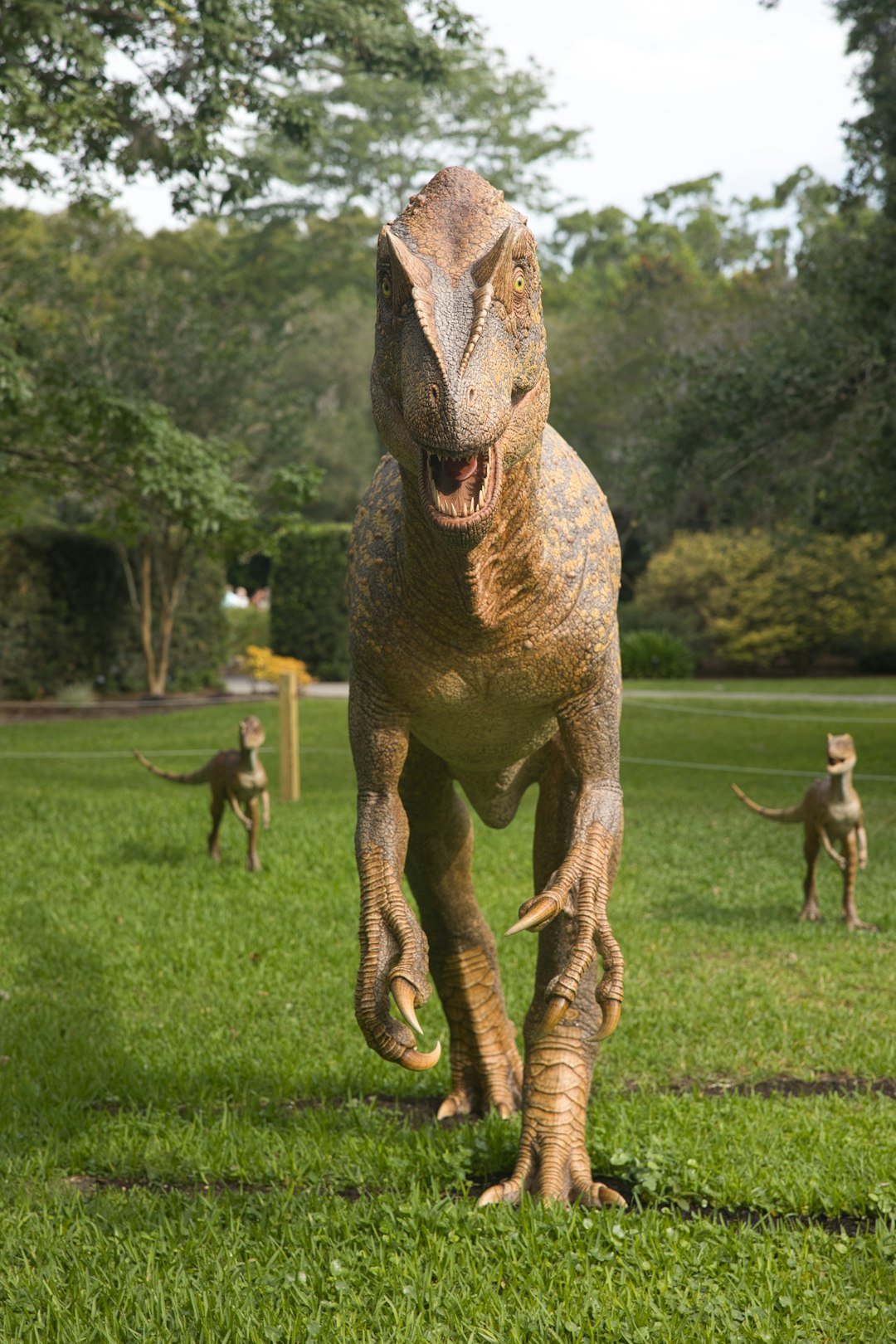
Some researchers have explored reversing certain bird traits toward their ancestral states. In controlled experiments, scientists have nudged embryonic development to produce more snout-like beaks or vestigial teeth, hinting at buried genetic switches. The results are carefully contained and ethically constrained, but they demonstrate that deep instructions linger in genomes. Imagine a dimmer switch rather than an on–off button; you can move the light a little, but not remake the house. A true non-avian dinosaur would demand many switches moving in concert, across bone, muscle, metabolism, and behavior.
CRISPR and other gene-editing tools offer a precision that felt sci‑fi a decade ago, but stitching edits into a coherent, healthy animal is orders of magnitude harder than changing a single trait. You have to think like an engineer and an ecologist at once: does the airway scale with the skull, does the circulatory system match the activity level, can the immune system cope? Each answer invites three more questions, and the cost grows along with the complexity. Reverse engineering might yield a bird that looks dinosaur‑ish, a convincing impressionist painting rather than a photograph. For many scientists, that proxy would be success, not failure.
Ancient Proteins and Colors

While DNA does not last, certain proteins can persist, and they’ve opened a backdoor into the past. Collagen fragments have been reported from well-preserved fossils, offering whispers of tissue structure rather than full genomic sentences. Pigment-bearing granules called melanosomes have mapped the colors of some feathered dinosaurs, revealing dark bands and rusty hues. That’s astonishing because it turns skeletons into living portraits, making behavior and habitat easier to infer. It also sharpens how we might design any proxy animal to look and function.
Still, proteins and pigments are postcards, not passports. They refine models, inform reconstructions, and tell us which traits evolved when, but they cannot build a genome. The most generous reading is that they guide design choices if one were crafting a proxy organism. Think of it like restoring a mural when the original paint recipe is lost but the color palette remains. You can capture the vibe with care and evidence, yet it will never be the original wall.
Why It Matters
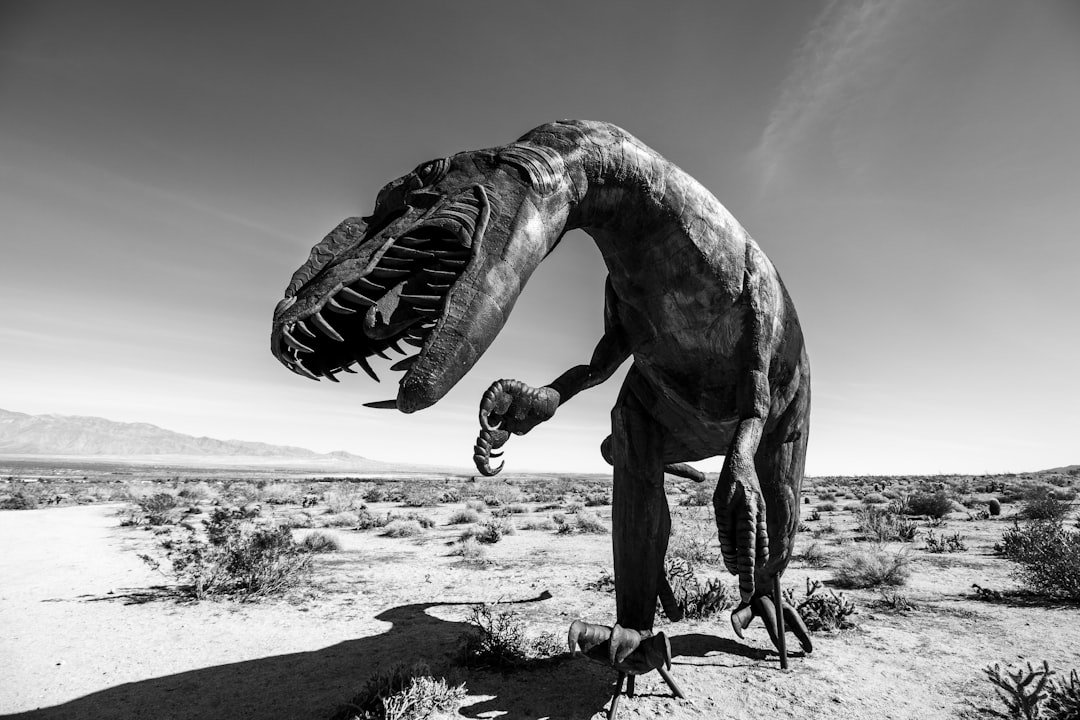
The dinosaur question is a lens for bigger debates about how far biotechnology should go. De‑extinction efforts focused on more recent species – think Ice Age giants or recently lost birds – promise ecosystem repairs and conservation tools that standard methods can’t offer. That contrast matters: one path chases spectacle with deep uncertainty, the other targets tangible ecological benefits. It’s like deciding between rebuilding a vanished cathedral and repairing a damaged hospital; both stir emotion, but only one directly saves lives today. The allure of dinosaurs can help the public engage, but the work that pays off fastest may not roar.
There’s also a cultural dimension that’s hard to ignore. Dinosaurs are a global language of wonder, a gateway drug into science for kids and adults alike. Investing attention here can elevate literacy about evolution, genetics, and climate resilience. When people understand why dinosaur DNA is gone, they better grasp why biodiversity now is priceless. That’s the real hinge: knowledge today protects tomorrow.
The Future Landscape
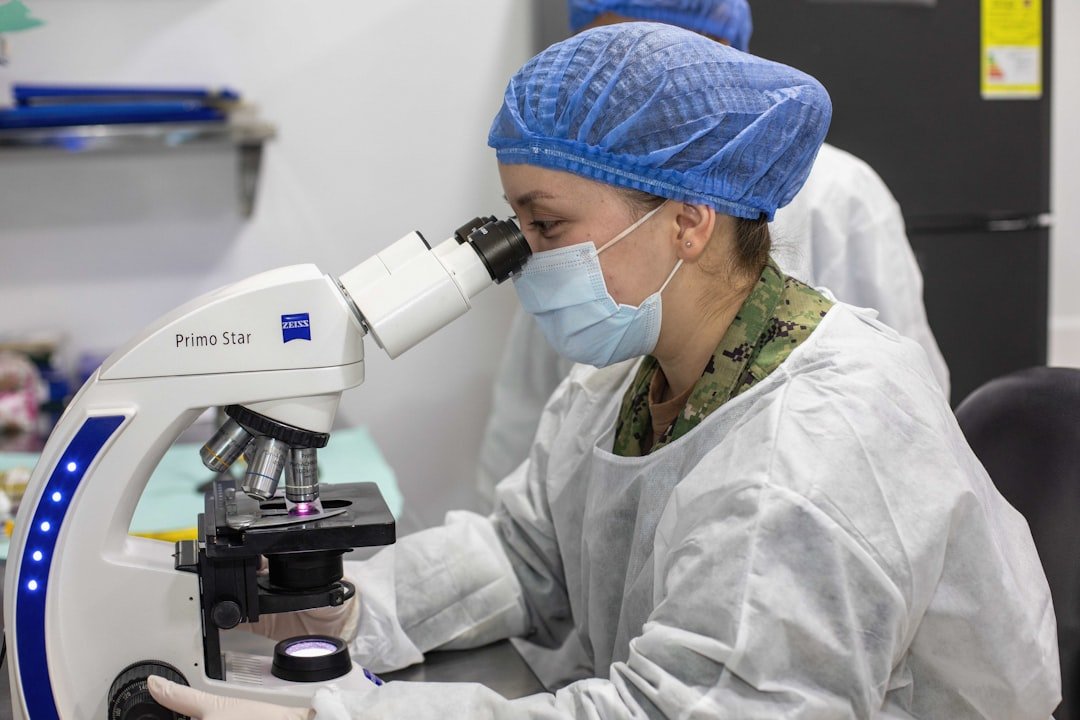
Near‑term advances will likely orbit around proxies, not resurrections. Expect more sophisticated gene editing in birds to explore developmental pathways, paired with rigorous ethical frameworks that prioritize welfare and containment. Tissue engineering and organoid research could illuminate how ancient metabolisms might have worked, without creating whole animals. Meanwhile, ancient‑DNA methods will keep pushing sensitivity for younger, Late Pleistocene species where the odds are still reasonable. In this landscape, dinosaurs are the moon, but most rockets will aim for nearer planets.
Globally, biotech collaboration is accelerating, bringing standard protocols and shared databases that reduce false leads. New imaging methods will read fossil chemistry at finer scales, turning guesswork into constraints. Computational models will fuse anatomy, physiology, and ecology to test which trait combinations even make biological sense. That kind of systems thinking keeps projects honest and efficient. The future won’t hand us a Tyrannosaurus; it might hand us better questions.
Global Perspectives
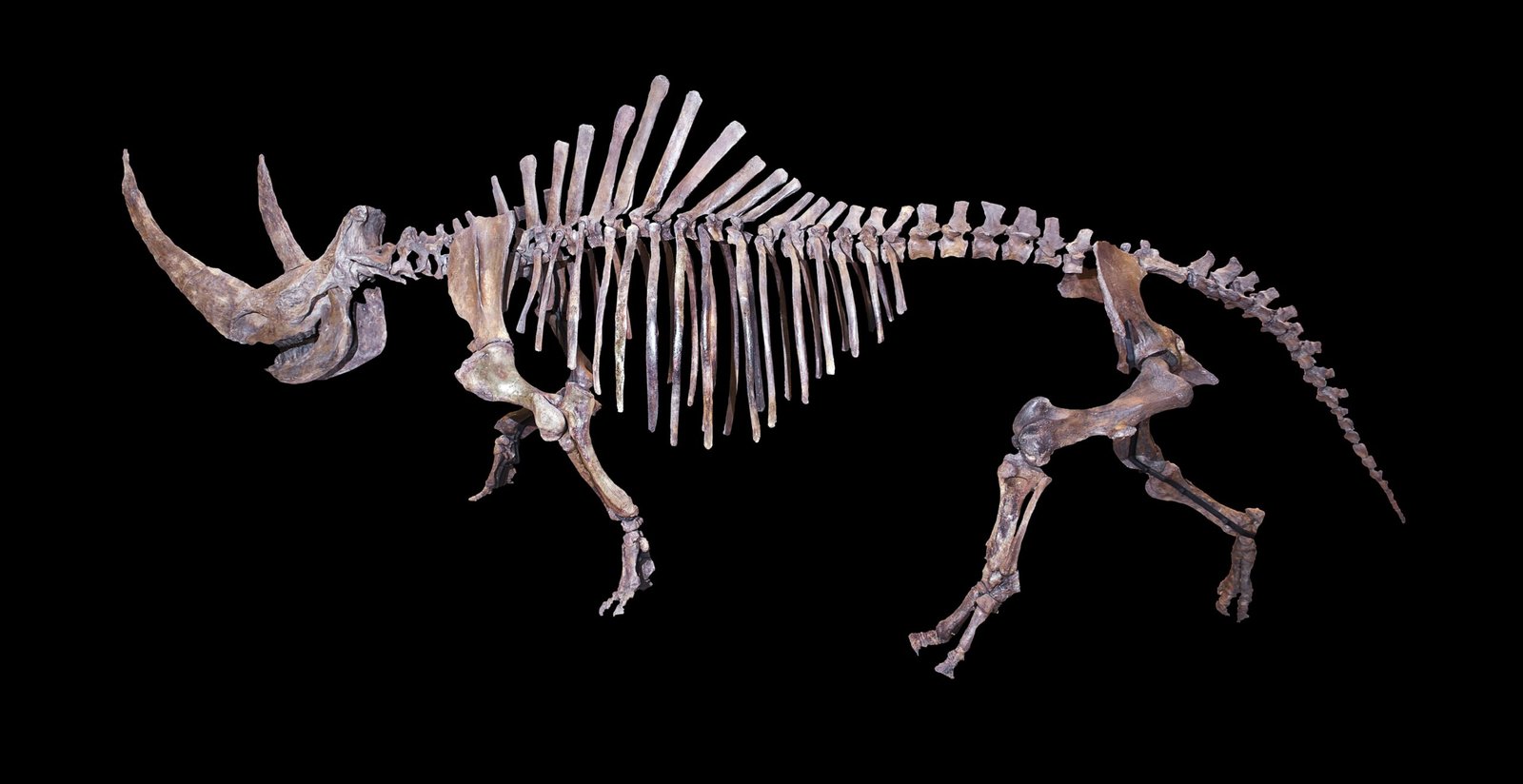
Different countries weigh promise and risk through their own histories and ecosystems. Regions battling invasive species may hesitate to release novel organisms, even as well‑contained lab work proceeds. Nations with strong conservation programs see de‑extinction as one tool among many, especially for species lost in recent centuries. Others prioritize community needs and climate resilience over speculative biology, a stance that deserves respect. The conversation shifts with culture, capacity, and climate threat.
International guidelines will matter more than any single lab’s ambition. Transparent oversight, data sharing, and welfare standards can prevent spectacular missteps that would set the field back. Public trust is notoriously easy to lose and painfully slow to rebuild. If the dinosaur dream helps unify best practices, it serves a practical purpose beyond romance. In that way, a myth can be a useful scaffold for reality.
Conclusion
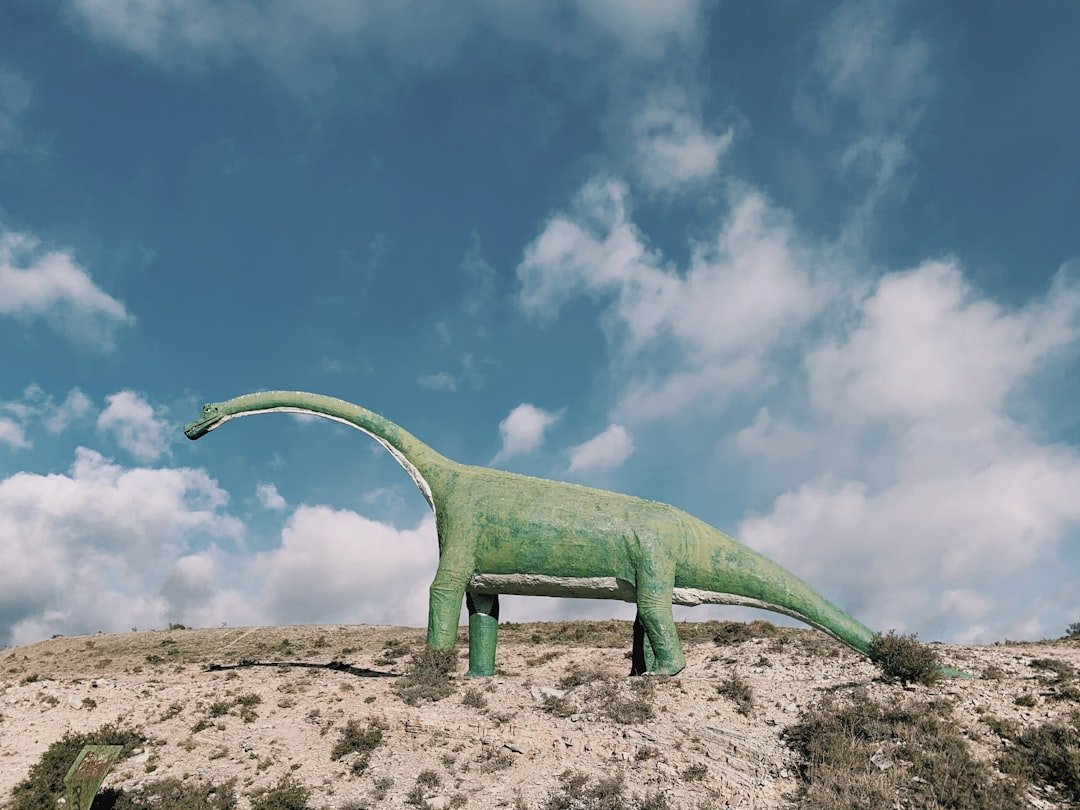
Could we ever bring back a real dinosaur? Not in the literal sense, because time erased the blueprint and left us with scattered clues. But we can honor their legacy by decoding what’s left, caring for the dinosaurs that still fly above us, and building tools that help living ecosystems recover. That’s a richer, truer victory than a theme‑park fantasy. The chase taught us where the limits are and how to work brilliantly within them.
In the end, the thunder we’re listening for might be our own footsteps, heading toward wiser stewardship rather than spectacle. Maybe that’s the plot twist this story needed all along. If we could choose between a roaring past and a thriving future, which would you pick?

Suhail Ahmed is a passionate digital professional and nature enthusiast with over 8 years of experience in content strategy, SEO, web development, and digital operations. Alongside his freelance journey, Suhail actively contributes to nature and wildlife platforms like Discover Wildlife, where he channels his curiosity for the planet into engaging, educational storytelling.
With a strong background in managing digital ecosystems — from ecommerce stores and WordPress websites to social media and automation — Suhail merges technical precision with creative insight. His content reflects a rare balance: SEO-friendly yet deeply human, data-informed yet emotionally resonant.
Driven by a love for discovery and storytelling, Suhail believes in using digital platforms to amplify causes that matter — especially those protecting Earth’s biodiversity and inspiring sustainable living. Whether he’s managing online projects or crafting wildlife content, his goal remains the same: to inform, inspire, and leave a positive digital footprint.



